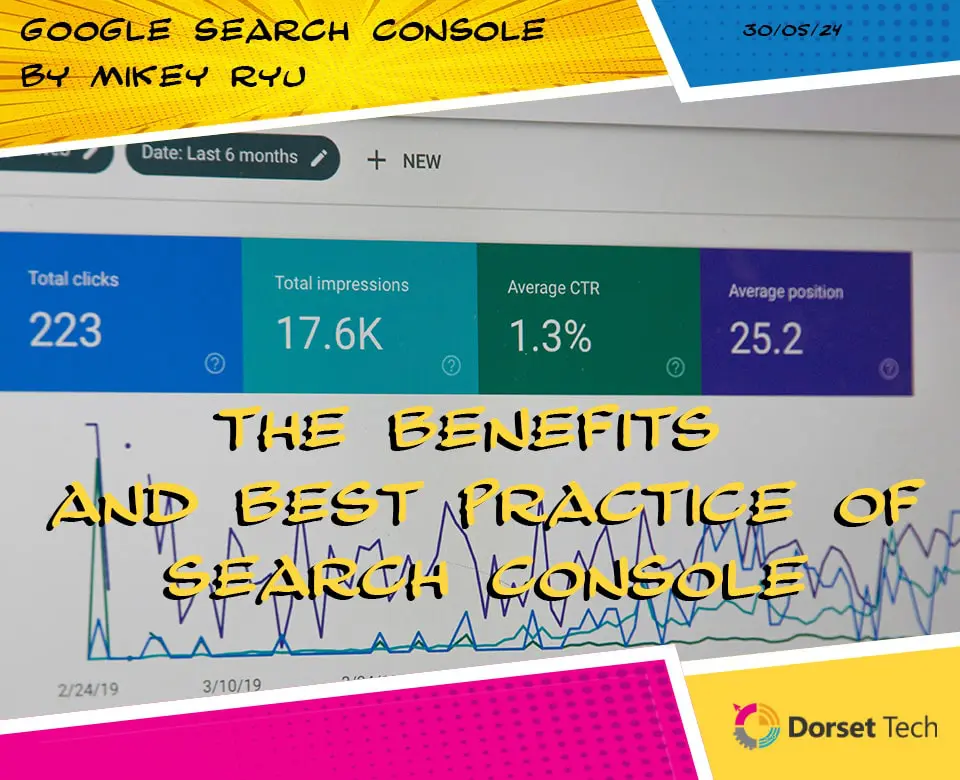
Best Practices of SEO in 2024
In the vast and ever-evolving landscape of the digital world, the art and science of Search Engine Optimization (SEO) have become paramount for businesses striving to establish a robust online presence. In this era where search engines reign supreme, understanding and implementing the best practices of SEO can be the key differentiator between obscurity and prominence. Let’s delve into the intricacies of SEO and unveil the top practices that can propel your website to new heights.
1. Keyword Research: The Foundation of SEO
At the core of every successful SEO strategy lies meticulous keyword research. Identifying the right keywords involves understanding your target audience’s search behaviour and aligning your content with their queries. Tools like Google Keyword Planner, SEMrush, and Ahrefs can be invaluable in uncovering relevant keywords, allowing you to tailor your content to match user intent.
2. Content is King: Quality Over Quantity
Creating high-quality, relevant, and engaging content is a timeless SEO principle. Search engines are becoming increasingly sophisticated at deciphering content quality, so focus on producing content that answers user queries, solves problems, and adds value. Regularly update your content to keep it current and reflect industry trends.
3. On-Page SEO: Optimising Every Element
On-page SEO involves optimizing individual web pages to rank higher and earn more relevant traffic. Start with a compelling title tag, a meta description that summarizes the content, and an SEO-friendly URL structure. Use header tags (H1, H2, etc.) to organize content and make it more accessible for both users and search engines.
4. Mobile Optimisation: Responsive Design Matters
As the majority of online searches now occur on mobile devices, optimizing your website for mobile is not just good practice; it’s imperative. Google’s mobile-first indexing means that your website’s mobile version is considered the primary version for indexing and ranking. Ensure your website has a responsive design that adapts seamlessly to various screen sizes.
5. Page Speed: The Need for Speed
User experience is a critical factor in SEO, and page speed plays a pivotal role. Slow-loading pages not only frustrate users but also lead to higher bounce rates and lower rankings. Compress images, leverage browser caching, and minimize HTTP requests to enhance your website’s loading speed. Tools like Google PageSpeed Insights can provide valuable insights and suggestions for improvement.
6. Link Building: Quality Over Quantity
Building a robust backlink profile is a longstanding SEO practice, but the emphasis has shifted from quantity to quality. Focus on acquiring backlinks from reputable and relevant websites within your industry. Guest posting, influencer collaborations, and creating shareable content are effective strategies for building high-quality backlinks.
7. Social Media Integration: Amplifying Your Reach
While social media signals may not directly impact search engine rankings, a strong social media presence can contribute to increased visibility and traffic. Share your content across various social platforms, encourage social sharing, and engage with your audience. Social signals, such as likes and shares, may indirectly influence your site’s authority and credibility.
8. Technical SEO: A Solid Foundation
Technical SEO involves optimizing the technical aspects of your website to enhance its visibility and performance. This includes ensuring proper indexing, creating an XML sitemap, optimizing your robots.txt file, and fixing crawl errors. Regularly audit your website for broken links, duplicate content, and other technical issues that may hinder search engine crawlers.
9. User Experience (UX): The Human Element
User experience is a crucial ranking factor, and search engines are increasingly prioritizing websites that provide a positive and seamless experience for users. Invest in intuitive navigation, clear calls-to-action, and a visually appealing design. A user-friendly website not only pleases search engines but also keeps visitors engaged and encourages them to explore further.
10. Analytics and Monitoring: Data-Driven Decision Making
Implementing SEO best practices is an ongoing process, and monitoring your website’s performance is essential for making informed decisions. Utilize tools like Google Analytics and Google Search Console to track key metrics, analyze user behaviour, and identify areas for improvement. Regularly review your SEO strategy based on performance data to stay agile and responsive to changing trends.
In conclusion, mastering the best practices of SEO requires a holistic approach that combines keyword research, content optimization, technical proficiency, and a keen understanding of user behaviour. By consistently implementing these practices, you can not only improve your website’s search engine rankings but also enhance the overall online experience for your audience. Keep in mind that SEO is an ever-evolving field, and staying abreast of industry trends and algorithm updates is crucial for sustained success in the digital realm.





















